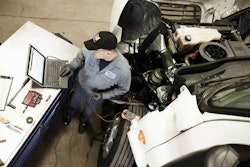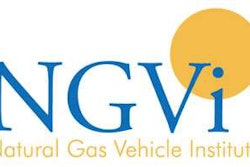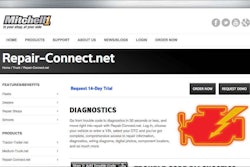
When operating at peak levels, a turbocharger simply makes a truck run better.
Today’s factory-installed turbochargers are built to run effectively without maintenance for a very long time. But their long-life cycle does not make them indestructible, and just like any vehicle component, when they are damaged their performance wanes.
A service provider’s ability to identify and diagnose turbocharger damage can be an excellent selling point in the aftermarket. While most customers know how valuable turbochargers are to engine performance, few have the expertise and skill to identify when service is required.
For inexperienced service providers, the first step in adding that capability is mastering the component and its operational function.
You have to know how a turbocharger works to know when it’s not working.
Turbochargers perform two primary functions, says Mark Rodrigues, director of marketing and product management at Honeywell.
The first is to improve power density within the engine by forcing more air into the engine chamber. This allows the engine to intake more fuel and thus gives it more power, Rodrigues says.
Randall Funck, partner and owner at ZOR Turbochargers, describes the process here.











